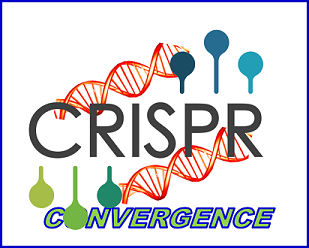[Editor’s Note: In today’s post, returning guest blogger and proclaimed Mad Scientist Howard R. Simkin addresses the ramifications of democratized genomic engineering in the Operational Environment (OE). Comparing the genetic engineering tool Clustered Regularly Interspaced Short Palindromic Repeats (CRISPR) … Read the rest
67. “The Tenth Man”
[Editor’s Note: In the movie World War Z (I know… the book was way better!), an Israeli security operative describes how Israel prepared for the coming zombie plague. Their strategy was if nine men agreed on an analysis or … Read the rest
50. Four Elements for Future Innovation
(Editor’s Note: Mad Scientist Laboratory is pleased to present a new post by returning guest blogger Dr. Richard Nabors addressing the four key practices of innovation. Dr. Nabors’ previous guest posts discussed how integrated sensor systems will provide Future … Read the rest



